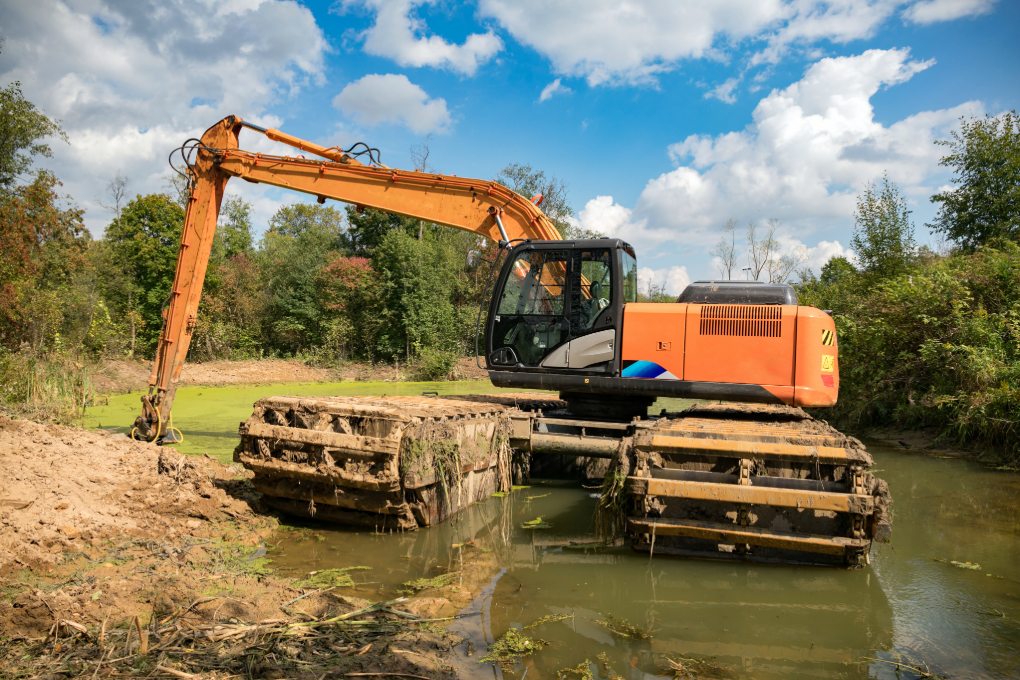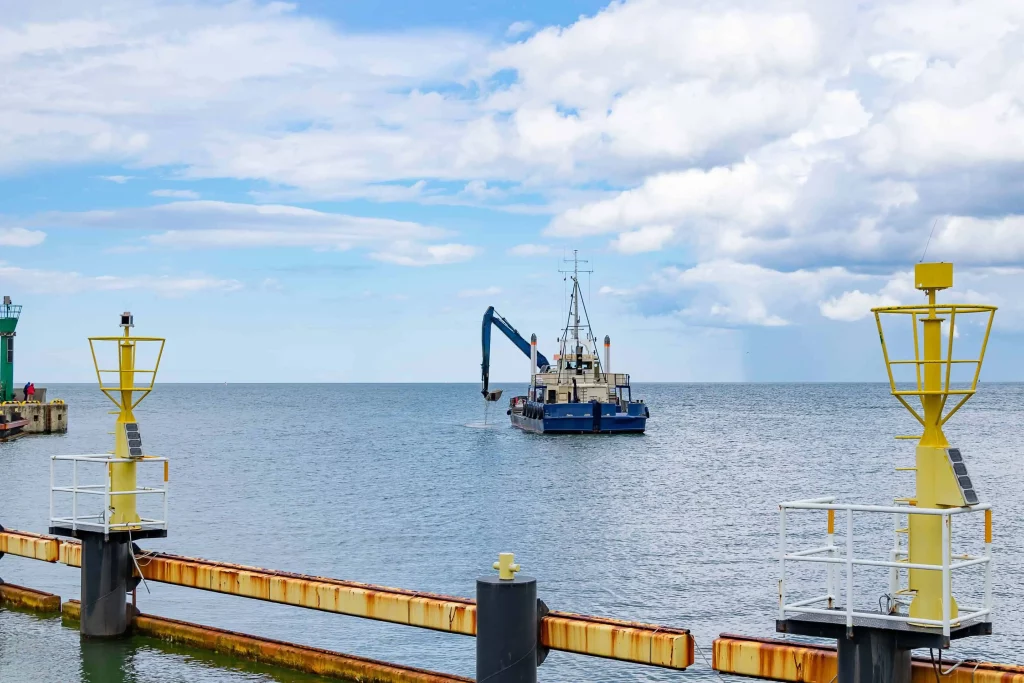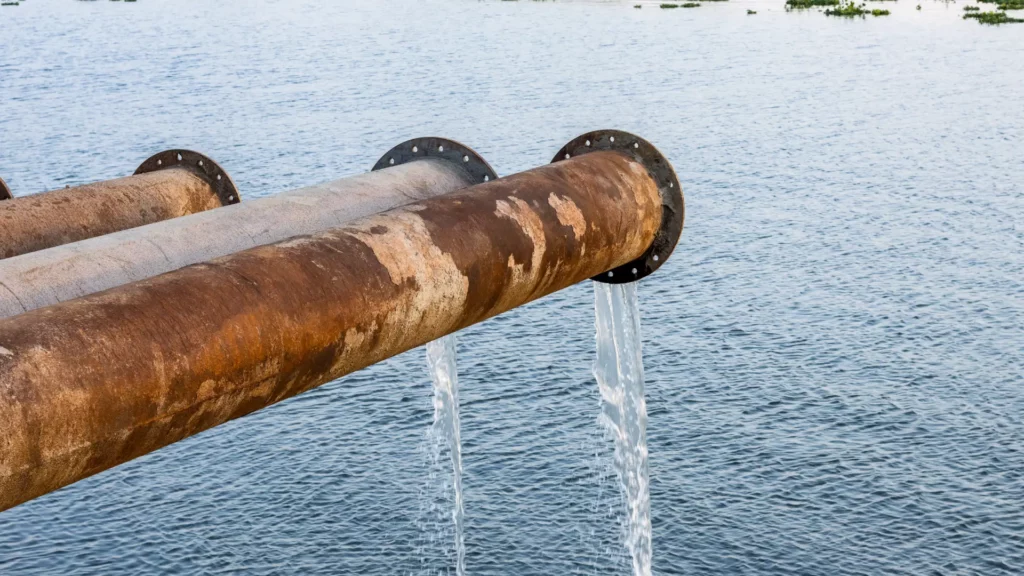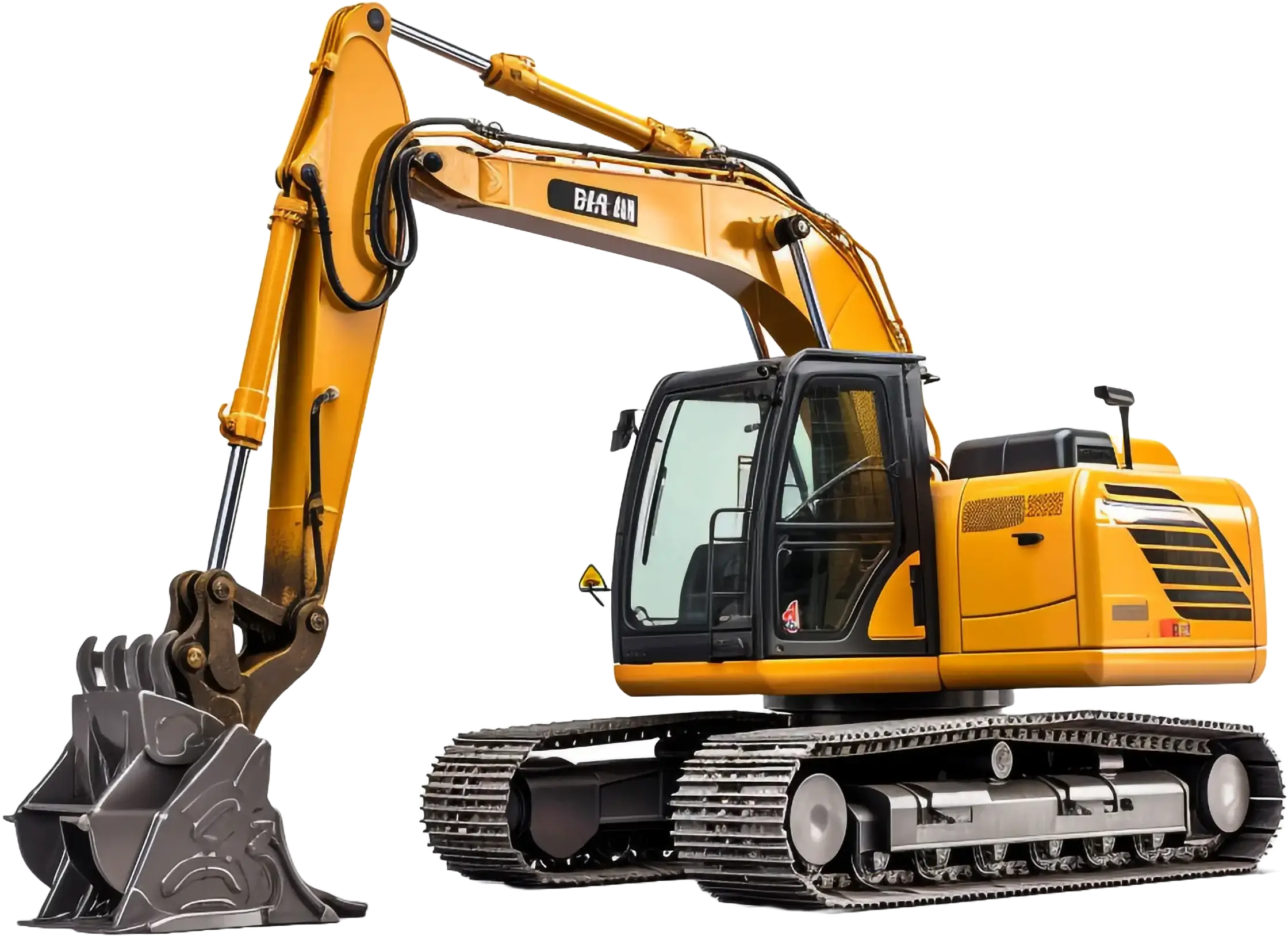Hydraulic dredging is a sediment removal technique that plays a pivotal role in environmental remediation by targeting the safe extraction of contaminated materials from rivers, lakes, ports, and other water bodies. Unlike mechanical excavation, a hydraulic dredge uses high-powered pumps to transport sediment as a slurry through pipelines to designated containment or treatment sites. This method allows for controlled and efficient sediment relocation while minimizing physical disturbance to surrounding ecosystems.
In heavily industrialized or environmentally sensitive areas, decades of pollutant accumulation in sediments can pose a significant threat to biodiversity, human health, and water quality. The use of modern hydraulic dredging equipment enables site operators and environmental authorities to address these risks without introducing additional harm. Whether it’s managing residual contamination from mining operations or restoring the functionality of municipal waterways, the process requires precision, environmental awareness, and reliable dredging technology.
This blog explores how hydraulic dredging facilitates ecological restoration, risk mitigation, and regulatory compliance in complex project environments. From contaminated sediment removal to improved water flow and habitat rehabilitation, this approach highlights how it integrates technical efficiency with long-term environmental value.
Understanding the Environmental Impact of Dredging
While dredging is essential for maintaining navigable waterways and restoring aquatic environments, it can also introduce significant ecological disturbances if not properly managed. The physical act of sediment removal using mechanical or hydraulic dredge systems can disrupt benthic habitats, displacing bottom-dwelling organisms such as mollusks, crustaceans, and native fish species. Sensitive ecosystems, such as seagrass meadows and coral reefs, are particularly vulnerable to stress caused by excavation.
One of the primary environmental challenges during dredging operations is increased turbidity. The agitation of fine sediments reduces water clarity, which limits the penetration of sunlight. This hampers photosynthesis in aquatic vegetation and plankton, altering the food chain and degrading water quality. Furthermore, hydraulic dredging equipment may resuspend historical contaminants, such as heavy metals, hydrocarbons, or excess nutrients, that are trapped in sediment layers, making them bioavailable and potentially toxic to aquatic organisms.
In addition to contaminant mobilization, dredging operations can significantly alter the hydrodynamics of a water body. Changes in sediment profiles can alter water flow patterns, reduce oxygen levels, and impact thermal balance, all of which affect the resilience of aquatic ecosystems. Moreover, the noise and vibration generated by hydraulic dredges and their supporting machinery may disrupt the migratory behaviors, spawning cycles, and feeding activities of marine and freshwater species.
Mitigating these risks requires careful planning, environmental monitoring, and the application of advanced hydraulic dredging equipment designed for precision and minimal impact. By understanding these ecological pressures, project managers and decision-makers can better align remediation efforts with conservation goals.
What Makes Hydraulic Dredging Ideal for Environmental Projects?
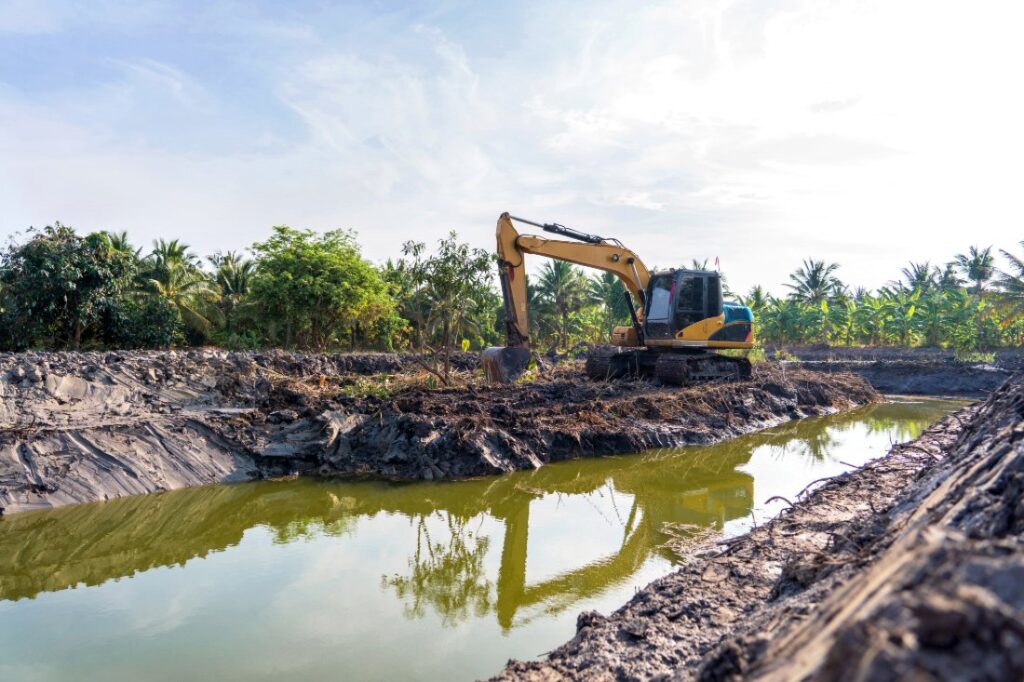
Hydraulic dredging employs a purpose-built hydraulic dredge to liquefy in situ sediment and pump it through a closed pipeline to a treatment or containment site. With real-time turbidity sensors and automated flow controls, modern hydraulic dredging equipment maintains tight environmental tolerances while tracking every cubic metre removed, an essential capability on remediation projects where regulators demand precision.
Unlike clamshell buckets or excavator barges, a hydraulic dredge delivers continuous slurry transport, sharply reducing the start-and-stop agitation that elevates turbidity spikes. Purpose-designed hydraulic dredging equipment can modulate pump speed and cutter torque to match native grain size, further limiting resuspension and protecting benthic habitats in sensitive zones.
Project conditions often change within a single cleanup footprint. Cutter-suction, plain-suction, dustpan, and auger configurations each represent a specialised hydraulic dredge type optimised for sludge viscosity, debris load, and accessibility. These modular hydraulic dredging equipment packages can be barge-mounted, amphibious, or skid-mounted, allowing rapid mobilisation with minimal on-site civil works.
The approach also excels in shallow floodplains, cofferdams, and urban canals where large cranes cannot operate. Low-profile hulls, variable-speed drives, and biodegradable hydraulic fluids enable low-impact operation while meeting stringent water-quality objectives.

Key Applications of Hydraulic Dredging in Environmental Remediation
When applied to restoration campaigns, hydraulic dredging, supported by advanced hydraulic dredging equipment—provides a scalable, low-impact solution across multiple high-stakes scenarios:
- Contaminated Sediment Removal – A precision-guided hydraulic dredge strips PCB-, PFAS-, and heavy-metal-laden layers millimeter by millimeter, feeding the slurry into geotextile tubes or onshore treatment plants for secure isolation.
- Industrial Clean-ups – Refineries, mineral-processing ponds, and chemical discharge lagoons utilize sealed pump systems to capture tailings and sludge, preventing the aerosolization of volatile compounds.
- Urban Waterways Restoration – Compact cutter-suction units desludge canals, harbours, and detention basins beneath bridges and utility corridors where conventional rigs cannot stage.
- Military and Naval Infrastructure – Remote-controlled dredges remove legacy ordnance residues and dewater explosive dust around base docks, keeping crews at a safe standoff distance.
- Flood Risk Management – During channel desiltation campaigns, a mobile hydraulic dredge clears debris chokepoints before peak rainfall seasons, reinstating design flow capacity and lowering emergency response costs.
- Habitat Reconstruction Projects – Selective suction heads enable restoration teams to sculpt spawning beds, backfill eroded marsh edges, and seed new wetlands with material conveyed by a low-turbulence hydraulic dredge.
Mitigation Strategies to Reduce Environmental Footprint
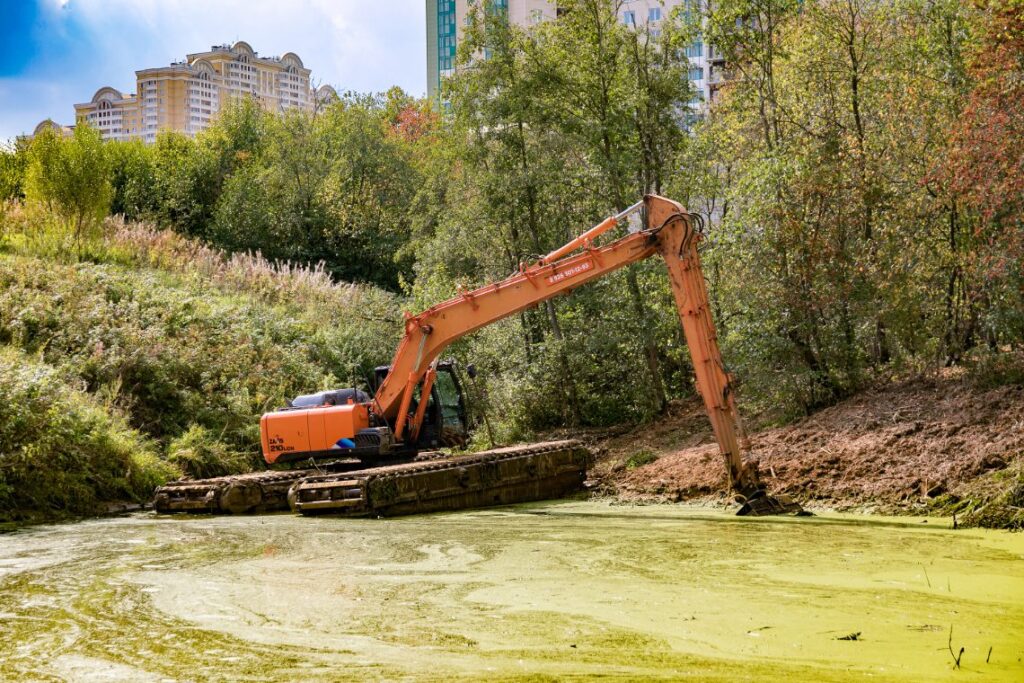
Precision Dredging for Minimal Disturbance
A well-calibrated hydraulic dredge, paired with differential GPS positioning, delivers millimetre-level control over cut depth and swing width. By shaving only the target contamination layer, this approach prevents over-extraction and preserves underlying habitat strata.
Containment Systems: Silt Curtains and Geotextile Tubes
When sediment cannot be allowed to migrate, contractors deploy floating silt curtains and shoreline geotextile tubes ahead of the hydraulic dredging equipment. These barriers localise suspended solids, allowing the dredged slurry to settle or be pumped away for treatment without clouding adjacent waters.
Real-Time Water-Quality Monitoring
Integrated optical sensors aboard the hydraulic dredge stream turbidity, dissolved oxygen, and pH data to an on-shore dashboard. Supervisors can adjust pump RPM, cutterhead speed, or swing pace on the fly, fine-tuning hydraulic dredging equipment performance to stay inside regulatory thresholds.
Low-Emission, Low-Noise Plant
Electric or Tier 4-final engines, coupled with variable-frequency drives, enable a next-generation hydraulic dredge to cut fuel consumption and decibel output by up to 40 percent compared with legacy diesel rigs, an immediate win for nearby communities and aquatic fauna.
Beneficial Re-use of Dredged Material
After dewatering, the sand-rich fraction can be used to backfill eroded marsh edges or nourish beaches. Purpose-built hydraulic dredging equipment fitted with booster pumps transports this material directly to restoration sites, turning a waste stream into a substrate for new habitats.
Measuring ROI: Environmental and Operational Benefits
Cost Efficiency versus Mechanical Methods
Continuous pumping from a modern hydraulic dredge eliminates the idle cycles and double-handling inherent in barge-and-bucket operations. Lower fuel burn, fewer crew hours, and reduced disposal volumes translate to measurable savings, especially when advanced hydraulic dredging equipment is amortized across multi-year remediation programs.
Regulatory Compliance and Risk Mitigation
Because the process confines sediments within a sealed pipeline, project owners demonstrate clear alignment with ISO 14001, IFC, and national water-quality statutes. Documented sensor logs from the hydraulic dredge serve as defensible evidence during environmental audits, reducing the likelihood of fines or work stoppages.
Long-Term Value Creation
Restored channels exhibit improved biodiversity, enhanced flood conveyance, and lower maintenance dredge cycles. By investing in adaptable hydraulic dredging equipment, stakeholders avoid recurring mobilization charges and realize sustained performance benefits throughout the asset’s life cycle.
Regional Project Outcomes
In West Africa, a recent mine-tailings recovery project near the Niger River used a 10-inch cutter-suction hydraulic dredge to remove 120,000 m³ of metal-laden sludge ahead of the wet season. Sediment containment stayed below 5 NTU above background, and fish populations rebounded within one growing cycle, validating both the environmental efficacy and economic rationale of the chosen method.
Selecting the Right Hydraulic Dredging Equipment Partner
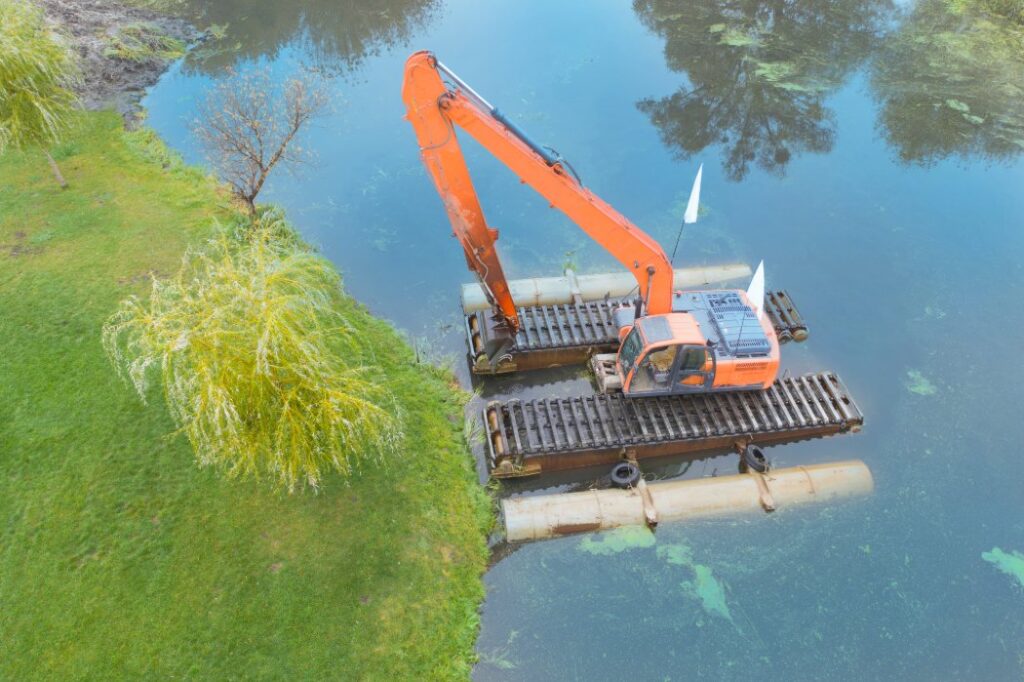
Choosing a partner for hydraulic dredging projects begins with scrutinising fleet sophistication. Look for a supplier whose vessels integrate GPS-guided positioning, RTK corrections, and cloud-based production dashboards. Real-time data streams not only improve cut accuracy but also demonstrate transparent environmental stewardship, essential on any regulated hydraulic dredging campaign.
Equally important is a proven body of remediation work under national and international compliance regimes. A contractor that has executed Superfund clean-ups or EU Water Framework Directive restorations will understand sampling protocols, turbidity thresholds, and the legal chain of custody for contaminated spoils. Their history should show how hydraulic dredging performance metrics were documented and validated by third-party auditors.
Every sediment matrix, depth profile, and access corridor is unique; therefore, your partner must configure pumps, boosters, and pipeline diameters to meet site-specific requirements rather than offering a one-size-fits-all package. A custom-engineered hydraulic dredge train, augmented with interchangeable cutterheads, augers, or dustpan attachments, ensures optimal solids throughput without exceeding shear limits on fragile substrates.
Finally, evaluate safety culture, logistics capability, and sustainability credentials. ISO 45001 certifications, dedicated HSE officers, and zero-lost-time records signal that complex hydraulic dredging operations will be conducted without compromising worker or community well-being. Carbon-reduction roadmaps, biodegradable fluids, and shore-power integration add further assurance that the selected partner aligns with long-term environmental objectives while delivering reliable hydraulic dredging capacity.
Driving Sustainable Recovery with Precision Dredging
From oil-impacted deltas to legacy mine tailings, hydraulic dredging has proved indispensable for restoring water quality and rebuilding aquatic habitats. By pairing high-efficiency pumps with real-time monitoring, a well-configured hydraulic dredge removes only the contaminated layer, safeguarding downstream ecosystems and shortening regulatory approval cycles.
Successful remediation, however, depends on more than technology alone. It requires a contractor whose track record spans complex compliance regimes, adaptive equipment configurations, and rigorous health and safety management. Partnering with a team that understands both the engineering and ecological dimensions of hydraulic dredging ensures predictable budgets, measurable environmental gains, and long-term asset value.Ready to turn sediment liabilities into sustainable outcomes?Contact Dredge Works Mali today to discuss a tailored hydraulic dredging solution that meets your project’s technical, environmental, and operational goals.

